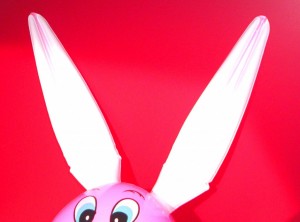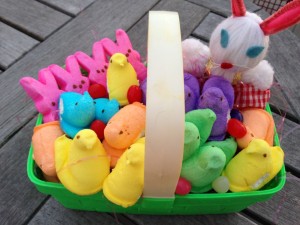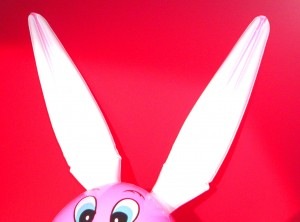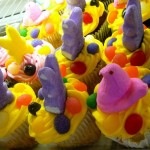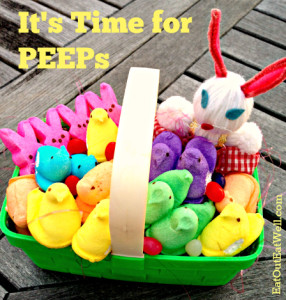 If you have a thing for the fluorescent marshmallow bunnies and chicks that were hatched over 50 years ago, you’re not alone. They got their name – PEEPS — because they were originally modeled after the yellow chick.
If you have a thing for the fluorescent marshmallow bunnies and chicks that were hatched over 50 years ago, you’re not alone. They got their name – PEEPS — because they were originally modeled after the yellow chick.
Every year, PEEPS are the subject of lots of design contests (you’d be amazed what you can make out of peeps) and scientific experiments (some claim them to be indestructible). Just Born, the parent company of PEEPS, claims to produce enough PEEPS in one year to circle the Earth twice. Their website even boasts a fan club and a section for recipes.
Millions of Peeps
- Each Easter season, Americans buy more than 700 million Marshmallow Peeps shaped like chicks, bunnies, and eggs, making them the most popular non-chocolate Easter candy.
- As many as 4.2 million Marshmallow Peeps, bunnies, and other shapes can be made each day.
- In 1953, it took 27 hours to create a Marshmallow Peep. Today it takes six minutes.
- Yellow Peeps are the most popular, followed by pink, lavender, blue, and white.
- Peeps seem to be almost indestructible and are famous for their two-year shelf life. Scientists at Emory University claimed that Peeps eyes “wouldn’t dissolve in anything.” They tried to dissolve Peeps with water, sulfuric acid, and sodium hydroxide. No luck.
Do You Like Your PEEPS Soft Or Crunchy?
People have definite Peeps preferences. Some like them nice and soft, others like to leave them out in the air to age to perfection and acquire a little crunch on the outside.
They’ve been microwaved (careful, they expand and can really make a mess in your microwave), frozen, roasted, used to top hot chocolate, and added to recipes. Because their outer sugar coating tends to burn, they don’t toast well on sticks like regular marshmallows.
What’s In Them?
- Send a PEEP to a lab for analysis and you’ll find sugar, corn syrup, gelatin, less than 0.5% of the following ingredients: yellow #5 (tartrazine), potassium sorbate (a preservative), natural flavors, dye, and carnauba wax
- They’re gluten and nut free but are not Kosher
- You can get sugar free PEEPS that are made with Splenda
- Five little chicks (42g, one serving size) will set you back 140 calories, 0g fat, 1g protein, and 36g carbs

